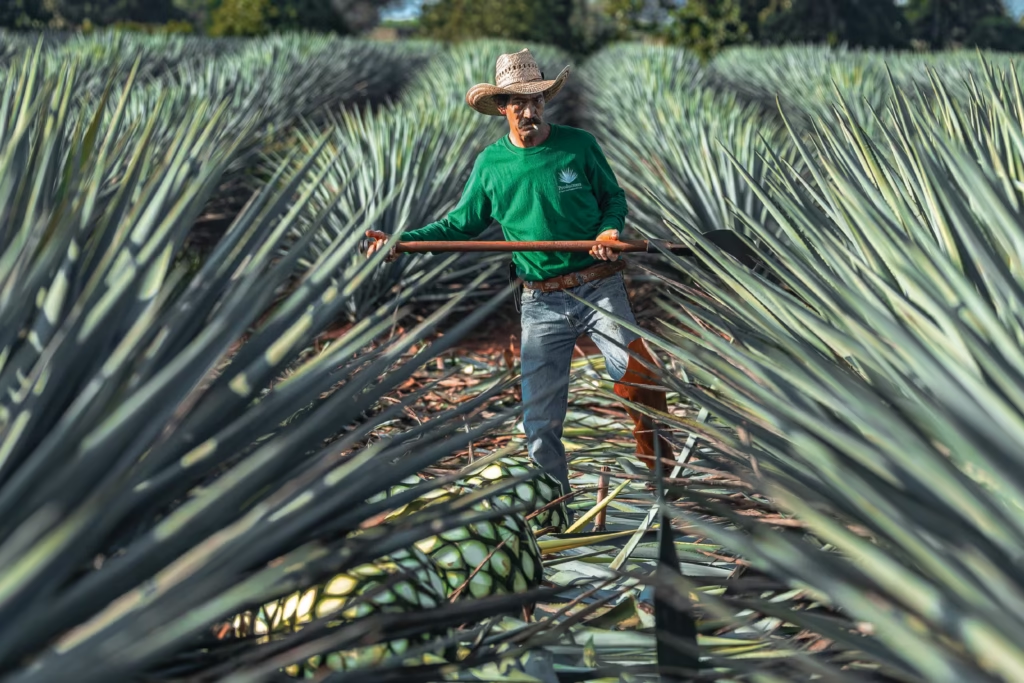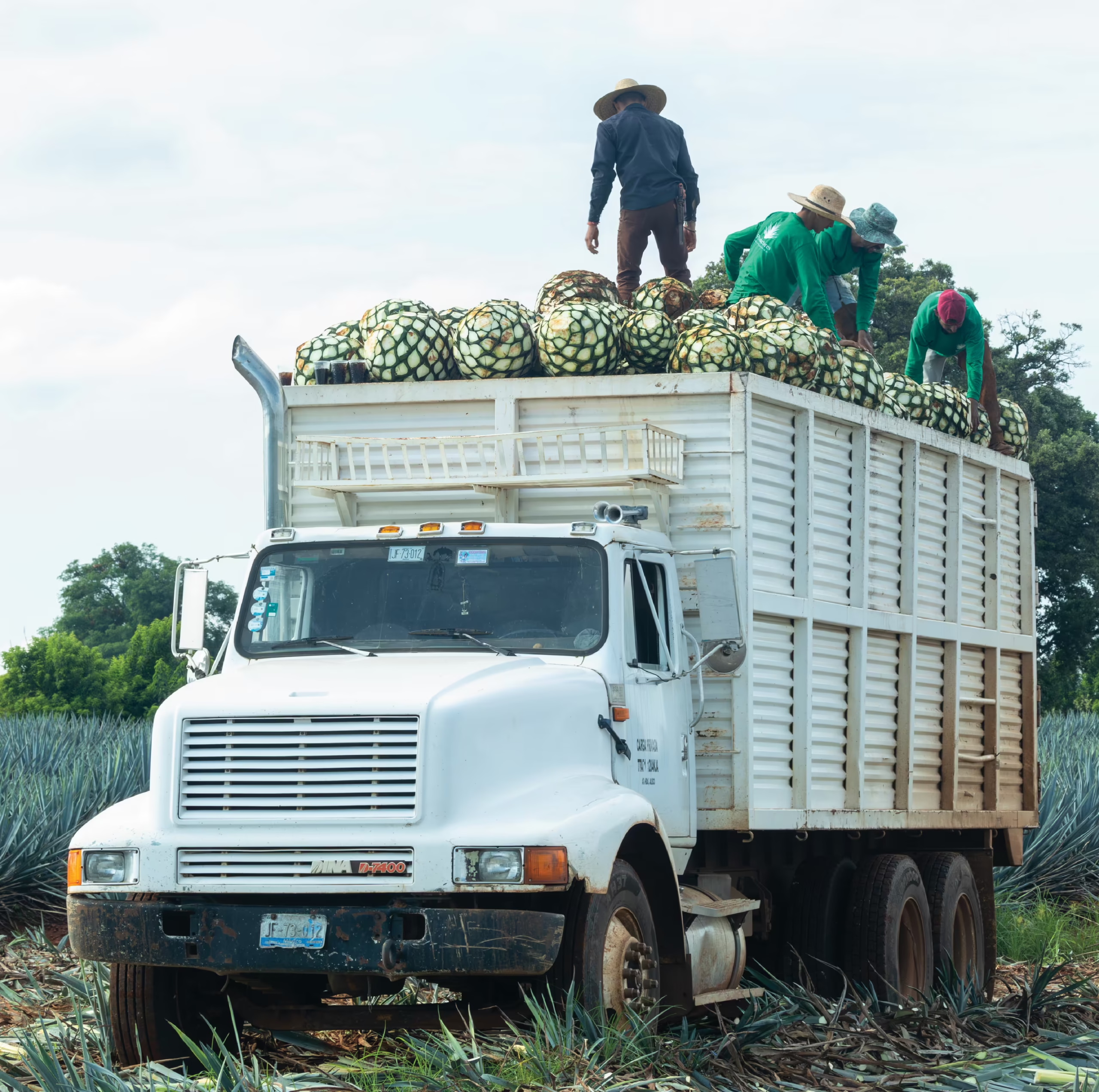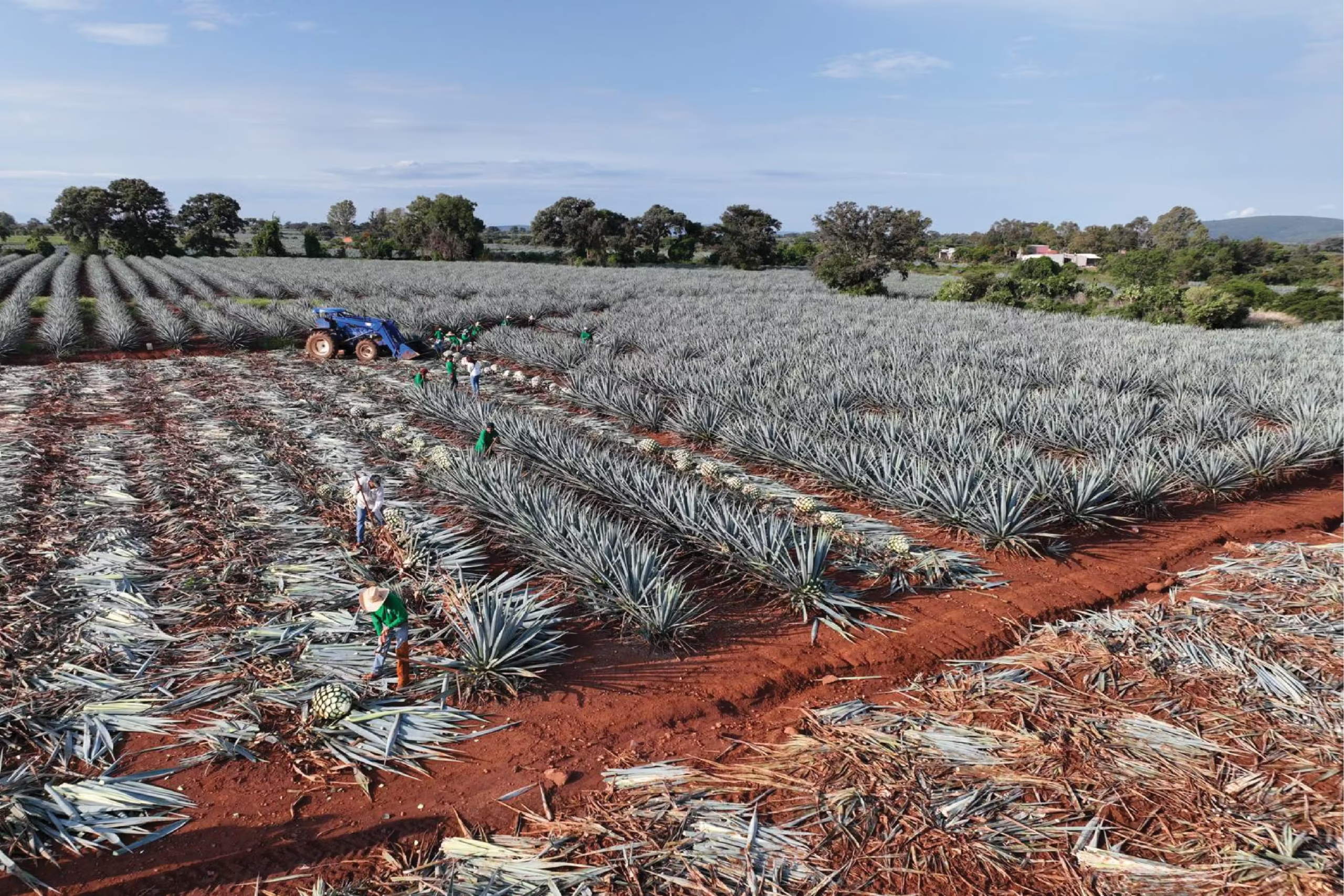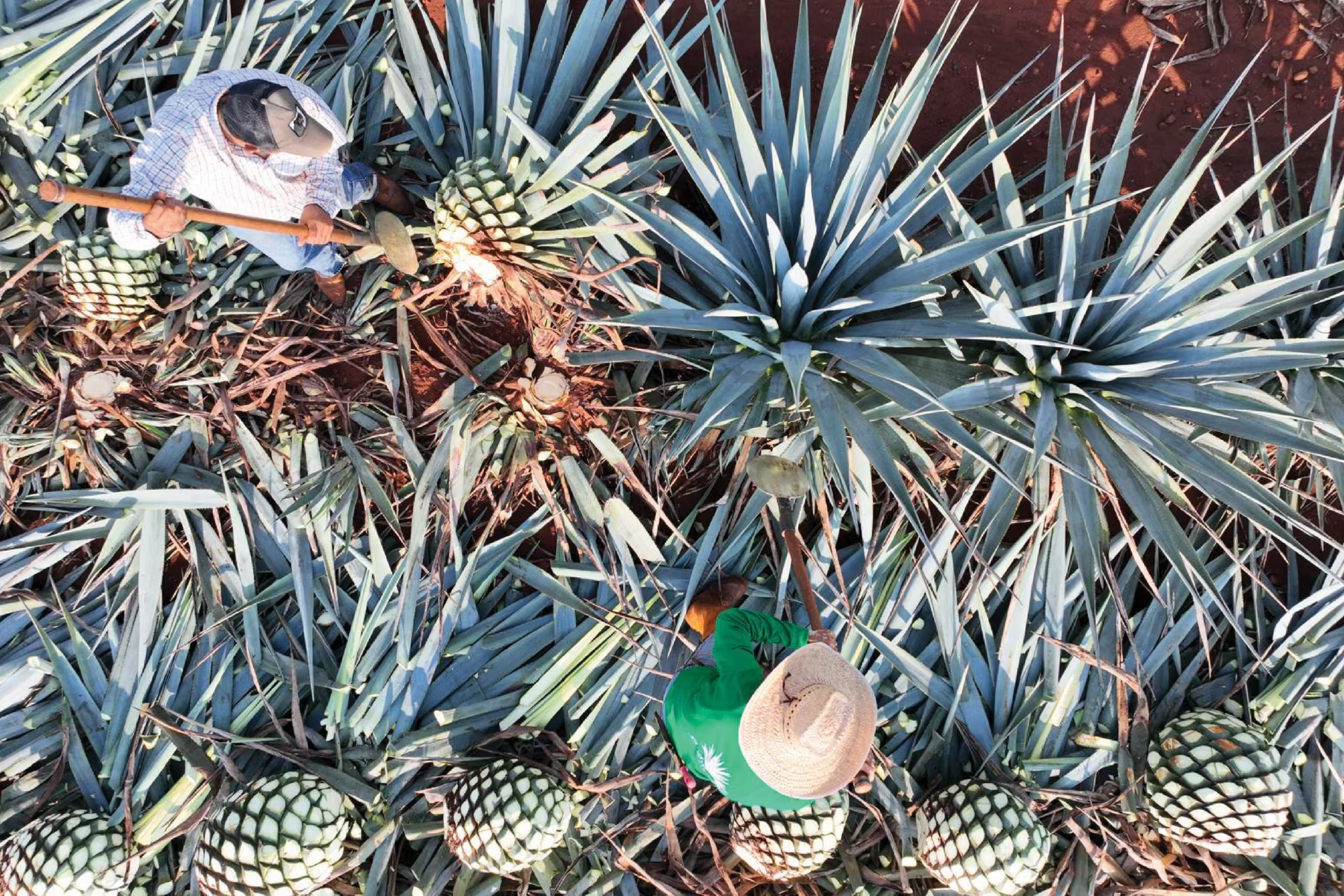Cultivation
The first several years of your spirit’s life
Flavors and character develop for years in the fields. Expert jimadores sow and tend agave until it matures, and then deftly harvest it for traditional production. Siembra means sowing.

100% Agave Tequilana Weber Azul
Also called “Blue Agave.” Known for high sugar content, relatively fast maturity, easy cloning, and beautiful blueish spikes. Due to restrictive legislation, this is the only agave allowed in tequila production.
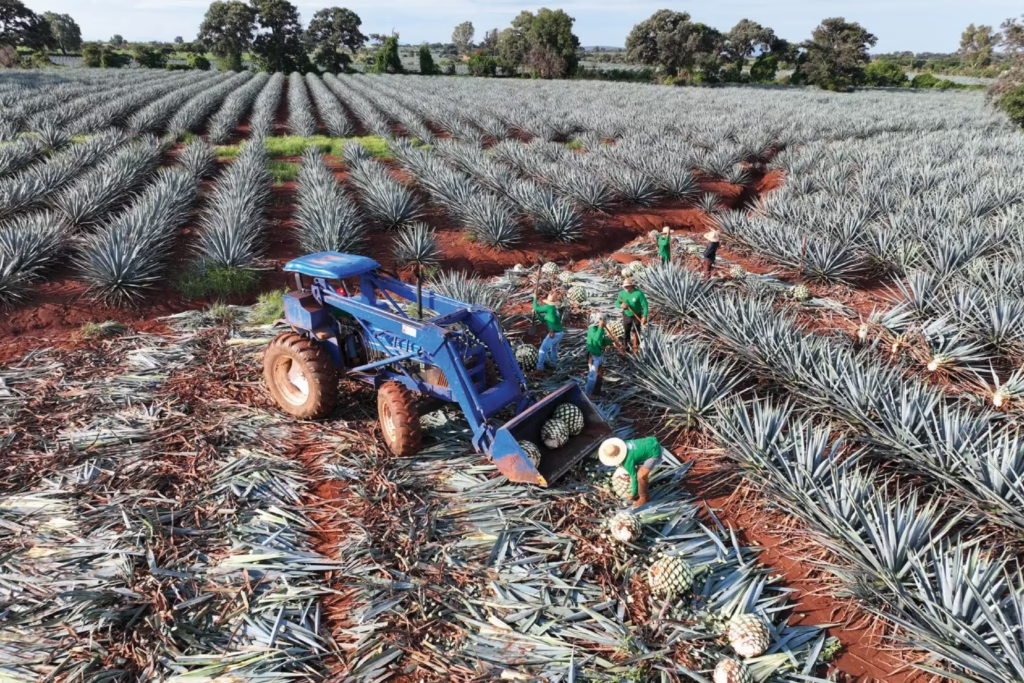
Registration #
Traceability protects your glass from counterfeit tequila. Demand it. A grower must register agave within one year of planting to sell it to the tequila industry. The registry is meant to guarantee that the agave was grown in the Denomination of Origin, and tells us how much usable agave should be on the market, or will be in a few years.
We print agave registration numbers to show consumers that it’s possible, and something they can and should demand.
